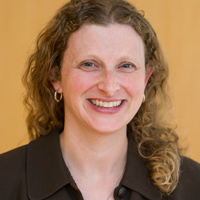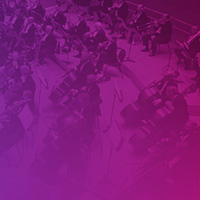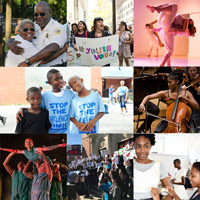“Perhaps the mission of an artist is to interpret beauty to people—the beauty within themselves.” –Poet and activist Langston Hughes
Langston Hughes lays out a vision for the role that artists and art play and what the process of making art can reveal. That ideal was reflected upon throughout many conversations we had with artists, creatives, advocates, and administrators in Chicago. Art gives us insight about ourselves. It nurtures empathy and helps us understand different perspectives and experiences. In short, art connects us. But many people told us that they felt that their beauty and life experiences were rarely, if ever, represented. People of color, people with disabilities, and people who identify on the LGBTQIA+ continuum, shared how hard they work to create places where their voices are central, valued, and multi-dimensional.
As those gaps were being revealed during our conversations, our colleagues at The Field Foundation were mapping the racial dimensions of the city, with a particular interest in the quality of life indicators in the areas of the city where the population is 10 percent or less white residents. The exercise demonstrated that these parts of the city, which are primarily located on the South and West sides, experienced higher rates of violence, more school closings, less access to healthcare, and lower income levels.
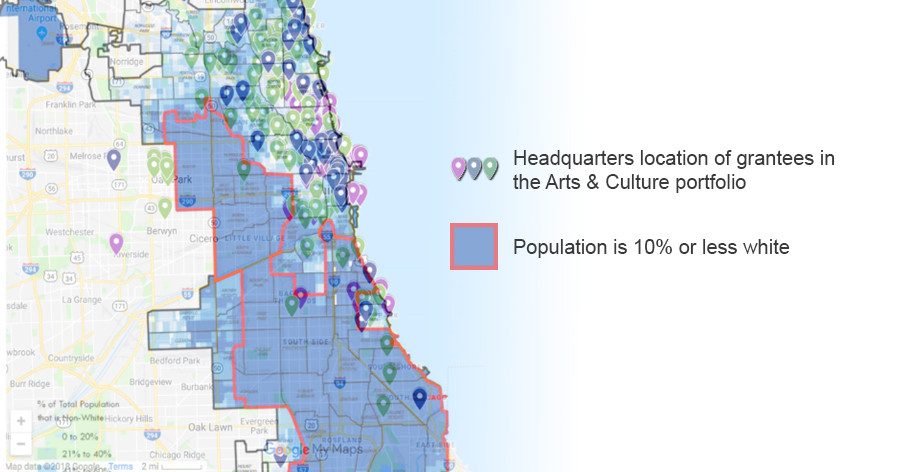
Field Foundation Racial Concentration Map Overlayed with 2017 Arts Grantees of MacArthur, the MacArthur Fund at the Prince Charitable Trusts, and the MacArthur Funds at the Richard H. Driehaus Foundation
As part of MacArthur’s discovery process, we took The Field Foundation’s map depicting racial concentrations in the city and populated it with the locations of the headquarters of our arts and culture grantees. The results were both illuminating and challenging. Nearly all of our grantees’ headquarters are located outside of the areas where the white population is 10 percent or less. It is important to note a number of caveats. The map is not a perfect representation of the portfolio because many of the smaller organizations are itinerant (meaning their “headquarters” location may be a post office box) and many of the larger organizations have outreach programs across the city, including in predominantly African-American and Latinx neighborhoods. Racial segregation occurs all over the city, not only in the areas shaded blue on the map.
In Chicago’s black and brown neighborhoods, cultural organizations are often seen as community anchors, playing pivotal social and economic roles. We also recognize that the map shows us a picture of a moment in time in our grant funding—nonetheless its message is clear. MacArthur’s arts program articulated criteria had the unintended consequence of excluding significant parts of the city’s population and a variety of art forms and genres that contribute to the richness of the cultural sector. Moreover, our well-intentioned program may have helped to perpetuate the structural racism that exists in the arts sector and society as a whole.
As part of this process we challenged our assumptions and standard practices in order to develop a new program roadmap that we believe will result in a portfolio that better reflects the creative voices of our city. We also considered how to shift from a portfolio of individual investments toward a network that might eventually work together to collectively achieve impact.
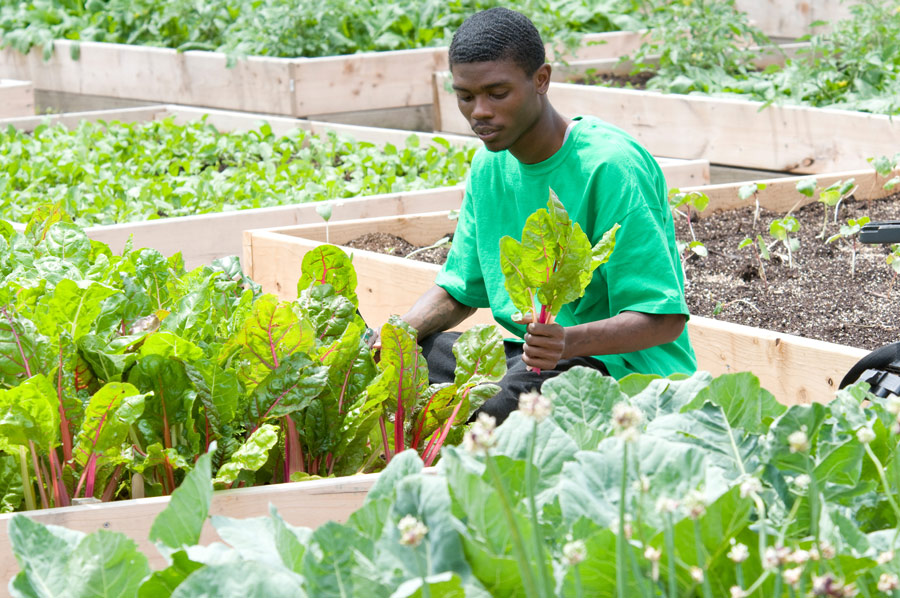
Windy City Harvest, a community outreach and urban agriculture project of the Chicago Botanic Garden
MacArthur’s arts and culture program has long-standing partnerships with the Prince Charitable Trusts, which awards grants to arts organizations with annual budgets between $500,000 and $2 million, and the Richard H. Driehaus Foundation, which awards grants to arts organizations with annual budgets that are $500,000 or less. The focus of the changes we are outlining at this time are for MacArthur’s direct portfolio, which includes arts organizations with annual budgets of $2 million and greater.
Introducing Culture, Equity, and the Arts
We are revising our grantmaking approach in an initiative we call “Culture, Equity, and the Arts.” This name better reflects the intrinsic value that the arts bring to the city, including developing human potential, building empathy, encouraging individual identity and empowerment, and bridging divides between communities. In March 2019 we presented to MacArthur’s Board of Directors three critical programmatic changes we planned to make to the portfolio:
- develop new and more inclusive selection criteria;
- recommend to Foundation leadership slates of grantees based on feedback from a participatory grantmaking process; and
- no longer base grant award amounts on the size of the grantee organization’s annual budget size.
In the past, we defined an arts organization as one whose sole mission was the creation and exhibition or production of art. While not intentional, this definition privileged traditional arts organizations such as symphonies, operas, ballets, theaters, and museums, which often serve predominantly white audiences. We are expanding that definition to include arts-centered organizations, in which art is integral to executing an organization’s mission but not the only focus of its work. For example, under the expanded definition, a human services organization in which arts programming is integral to its violence prevention work might be eligible.
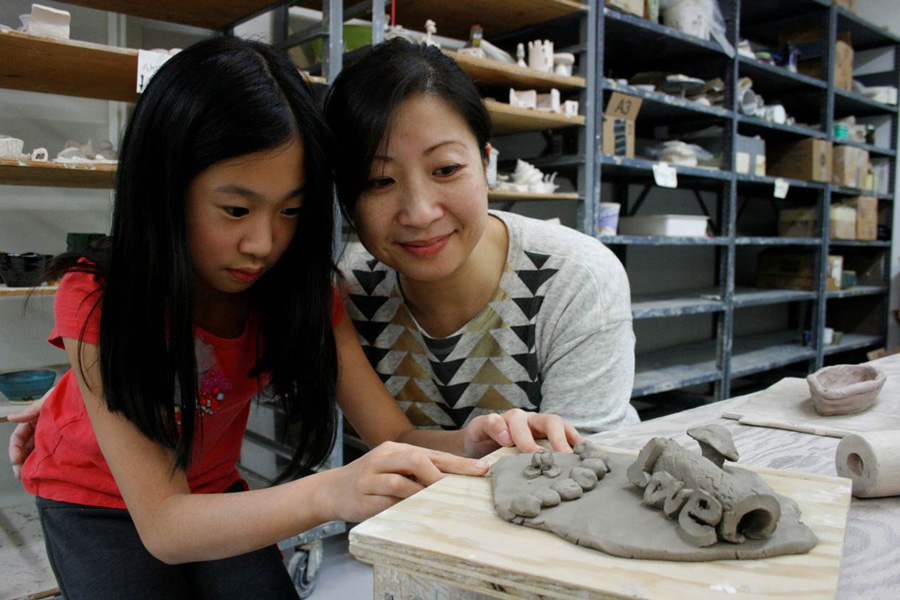
Hyde Park Art Center
Interested organizations with budgets over $2 million may submit a Letter of Inquiry through MacArthur’s online portal. Staff will follow-up on inquiries. Organizations deemed eligible will then be invited by MacArthur staff to submit an application. Instead of focusing on an organization’s activities or the work it produces, the application invites each organization to reflect on a set of four attributes: collaborative, fosters equity, connective, and relevance.
Better decisions come from having more voices at the table. Therefore, we are piloting the use of a participatory grantmaking panel. The group of five to eight people who serve on the panel will reflect the city’s diversity and geography as well as a range of professional and lived experience. The panel will review and discuss applications along with supporting information provided by MacArthur staff and others. Ultimately the panel will recommend a slate of grantees to MacArthur’s President and Board, which retain their approval authority.
Historically, arts grantees with the largest budgets received the largest grants. Our new program area strategy will award our largest grants to organizations whose work is centered on racial equity and/or those that are focused on other traditionally under-resourced identities, such as people with disabilities and people who identify on the LGBTQIA+ continuum. While we expect to support a network that continues to include institutions that serve the general public, we recognize that access to financial resources is not equitable across organizations. Our new approach strives to address this gap.
Chicago struggles with its identity. We celebrate our diversity, and yet we remain deeply segregated. The changes outlined here represent a significant evolution for MacArthur, a response to what we heard from artists all over Chicago and to an invitation from MacArthur’s President, Julia Stasch, to consider how our decisions and actions enhance the conditions in which justice can thrive. We know that our work is not done. Our next steps may not be perfect, but we think they will move us closer to realizing our vision of making Chicago a city that is connected and integrated, where prosperity is shared, opportunity is equitable, and civic and cultural assets are available to everyone.
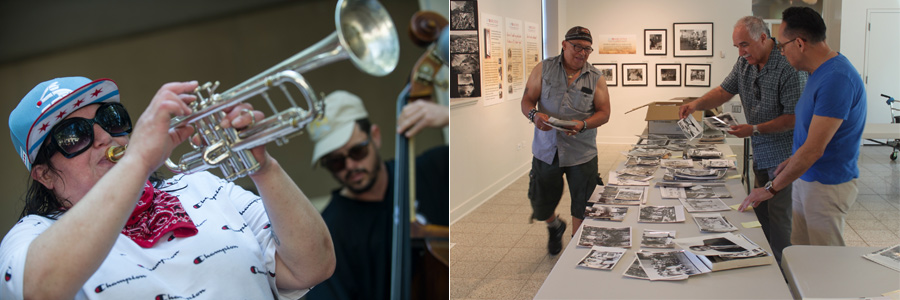
Left: Hyde Park Jazz Festival, Right: Puerto Rican Arts Alliance



